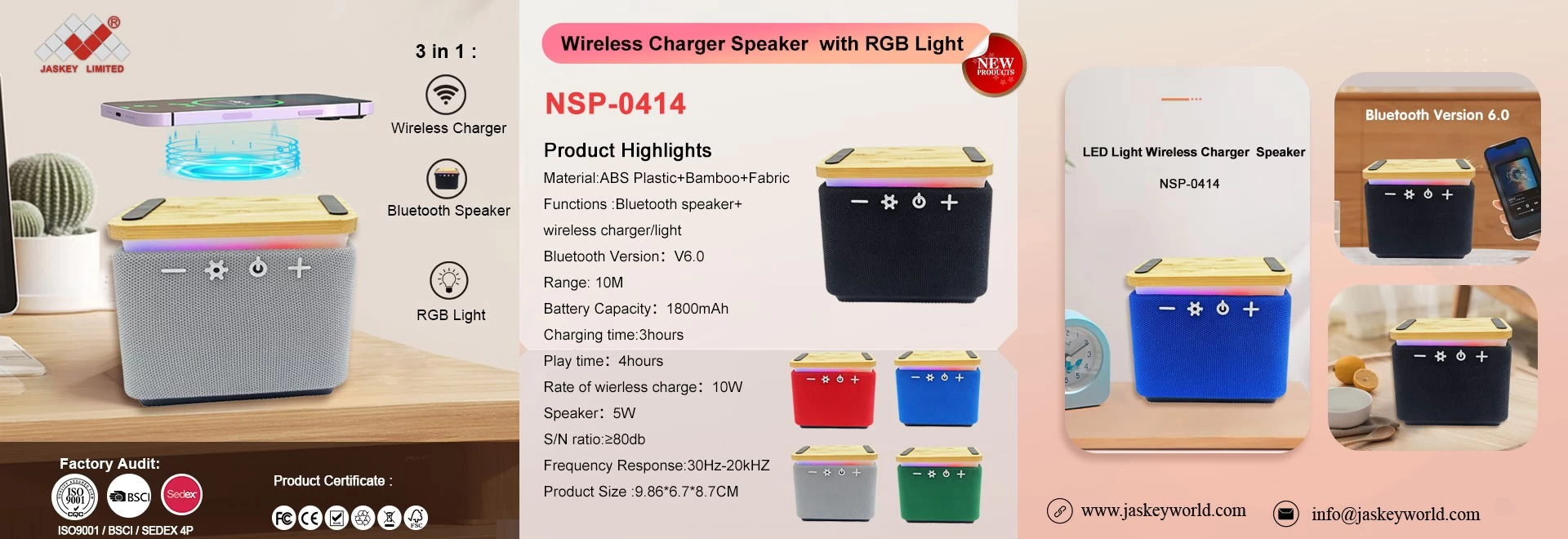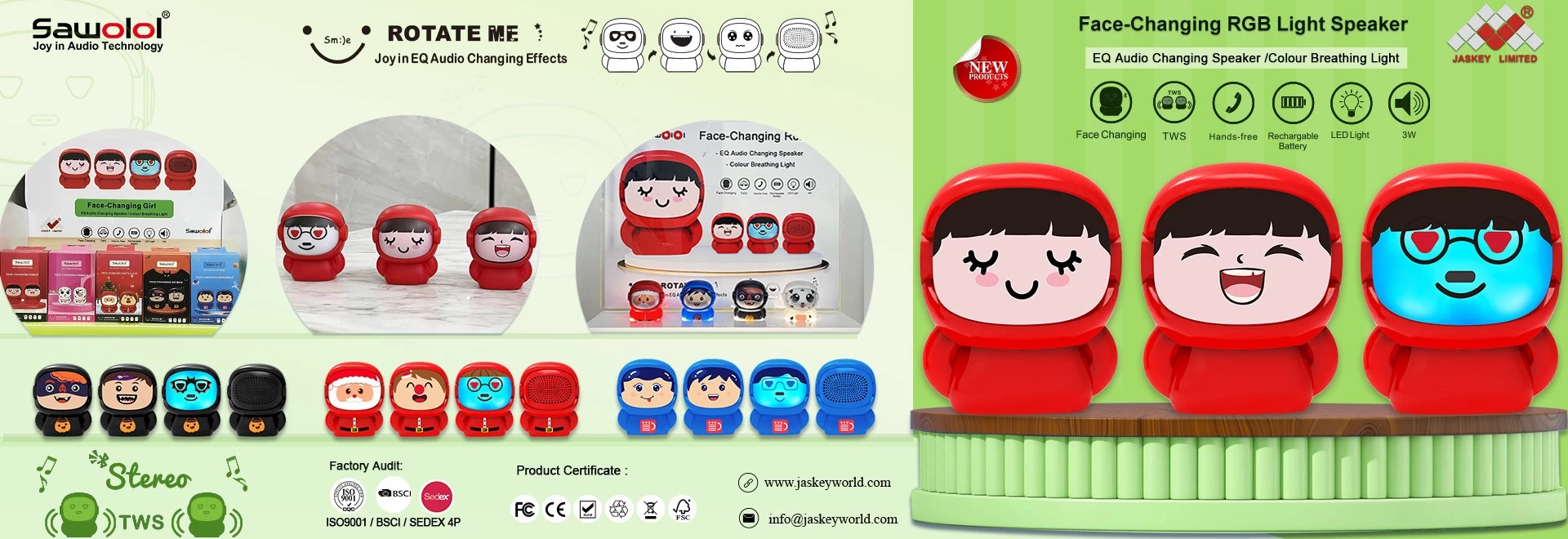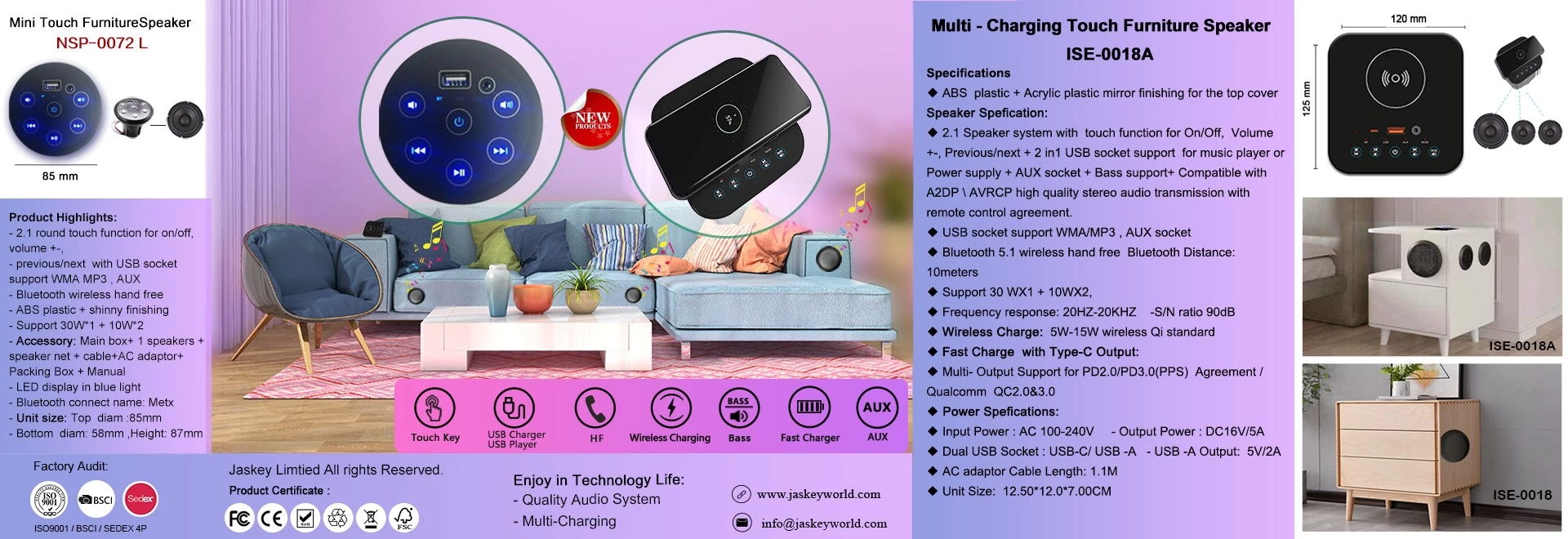What factors will affect the speaker sound playback
Three environmental factors affect the sound playback of speakers. When we taste the sound quality of a set of speakers, we pay most attention to hardware factors such as electronic equipment, speakers, and wires. In fact, there are many other factors that are not easy to be noticed by us; input, external vibration, resonance of the listening environment, and acoustic characteristics of the listening room.

01 Speaker sound feedback
When listening to audio, the sound waves emitted by the speaker will vibrate the walls, roof and ground, and even some of them will directly or indirectly impact the audio equipment. Feed back to the equipment, causing the equipment to vibrate and produce its own resonance, resulting in a subtle change in the electronic flow of the operating audio system in the electronic circuit, which changes the sound, making the sound slightly blurred and slightly distorted.
02 Resonant characteristics of the environment
Objects have their own resonant frequency according to their material, shape, and size. When external vibration energy is added to the object, if the frequency is equal to or close to its resonant frequency, the object will vibrate violently synchronously and become resonant.
The resonance of the listening environment is more complicated. If the frequency of the music is close to the natural frequency of the room, resonance will occur. If you use a spectrum test analyzer to test, the frequency response characteristic curve of the room will be ups and downs like a dragon, no matter what audio equipment you use. How advanced it is will be limited by the acoustic characteristics of the room. The resonance phenomenon is harmful in most cases, it will increase the noise and accelerate the fatigue damage of the equipment.
Is there any way to eliminate or reduce the natural resonance of the listening room so that its frequency response is flat and the audio system has excellent sound? This is the physical characteristics of the object can not be eliminated, only weakened. For example, a rectangular room is easier to deal with resonance, while a square room can produce standing waves that are particularly difficult to deal with. There are also enthusiasts who believe that equi-triangular near-field listening can also reduce the impact of low-frequency resonance.
03 External vibration factors
If the listening room is close to the roadside, factory, construction site, elevator room, water pump room, etc., it is very susceptible to noise or ultra-low frequency interference, and the sound of the audio equipment is blurred due to vibration.
If you encounter this kind of problem, you should either move it, or use an analog recording studio design to create a hollow room in the house isolated from the outside, and take adequate sound insulation measures to reduce or eliminate the impact of external vibrations.
The so-called acoustic characteristics of the listening room include not only the proportion and size of the room, but also the reverberation caused by the materials used to build the listening room, decoration materials, layout, standing waves, sound reflection, and sound diffraction. A sofa or a curtain will change the frequency characteristics of the original listening room. Some simple changes can be predicted or calculated on their own, but more complex ones rely on professional measurements.
If there is a change in the object behind the listening room, its acoustic characteristics will also change accordingly, and even affect the placement and adjustment of the audio system, and the increase or decrease in the arrangement of reflective or sound-absorbing materials. Therefore, it is recommended that audiophiles should also consider the acoustic characteristics of the room when placing and adjusting the speakers, choose more furniture and decorations that have little impact on the sound, and use professional materials such as RGP boards, Room Ture, Sonex, and diffuser boards. To tune room acoustics
Sound is very sensitive. Due to the limitations of human physiology, we often cannot capture some sound details and changes. To achieve the ideal sound reproduction, it is somewhat one-sided to use acoustic instruments alone to measure and adjust. It is necessary to combine personal listening habits, find an appropriate balance between the sound playback of audio equipment and the impact of environmental noise, and adjust the sound that you like or cater to the taste of the public sound.










